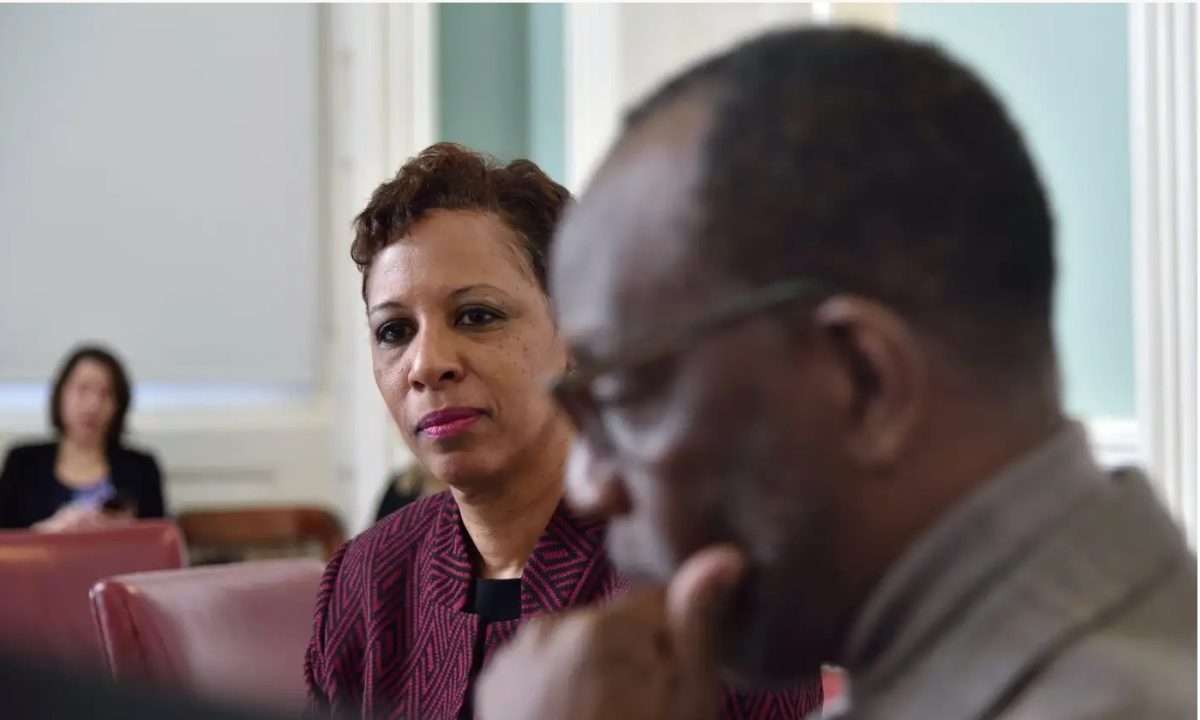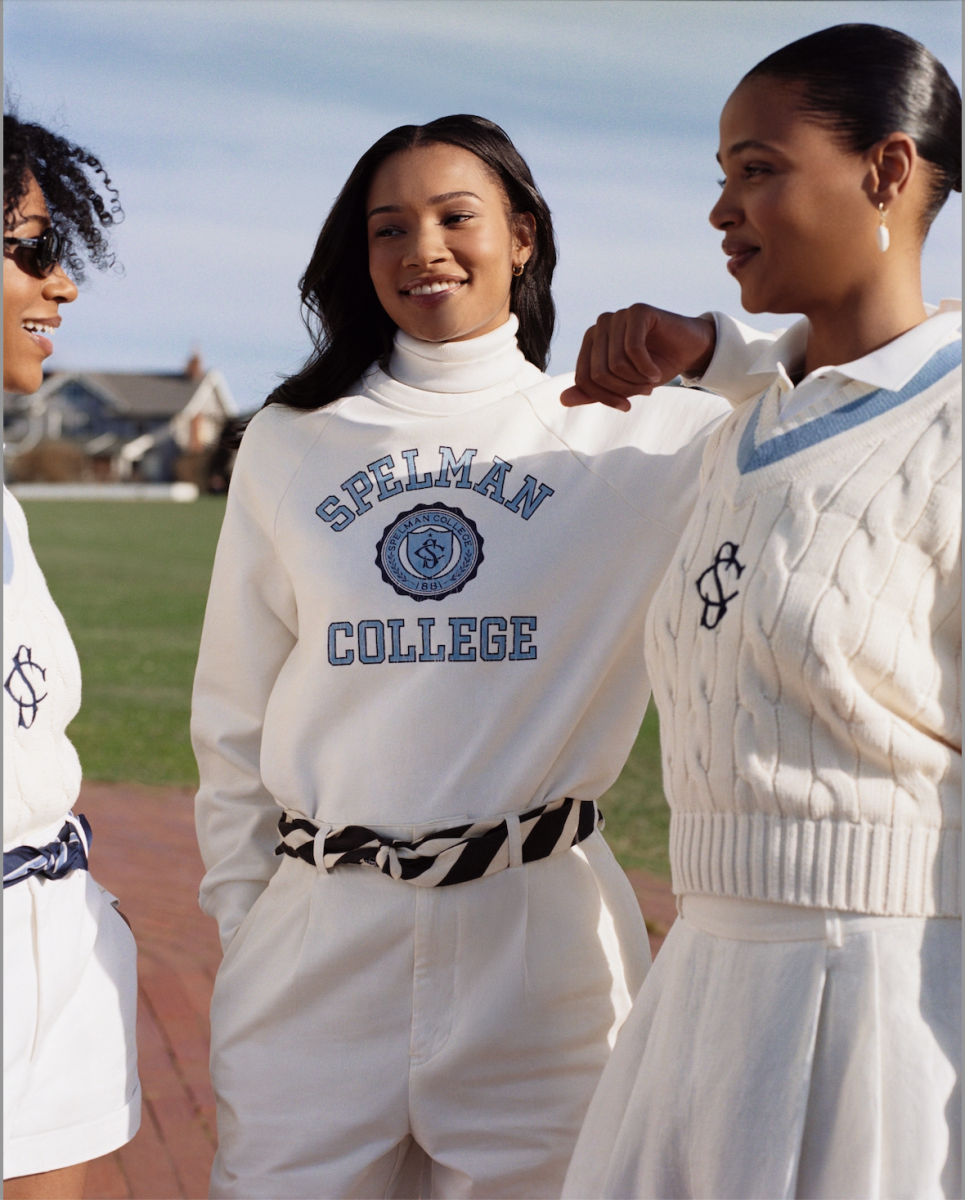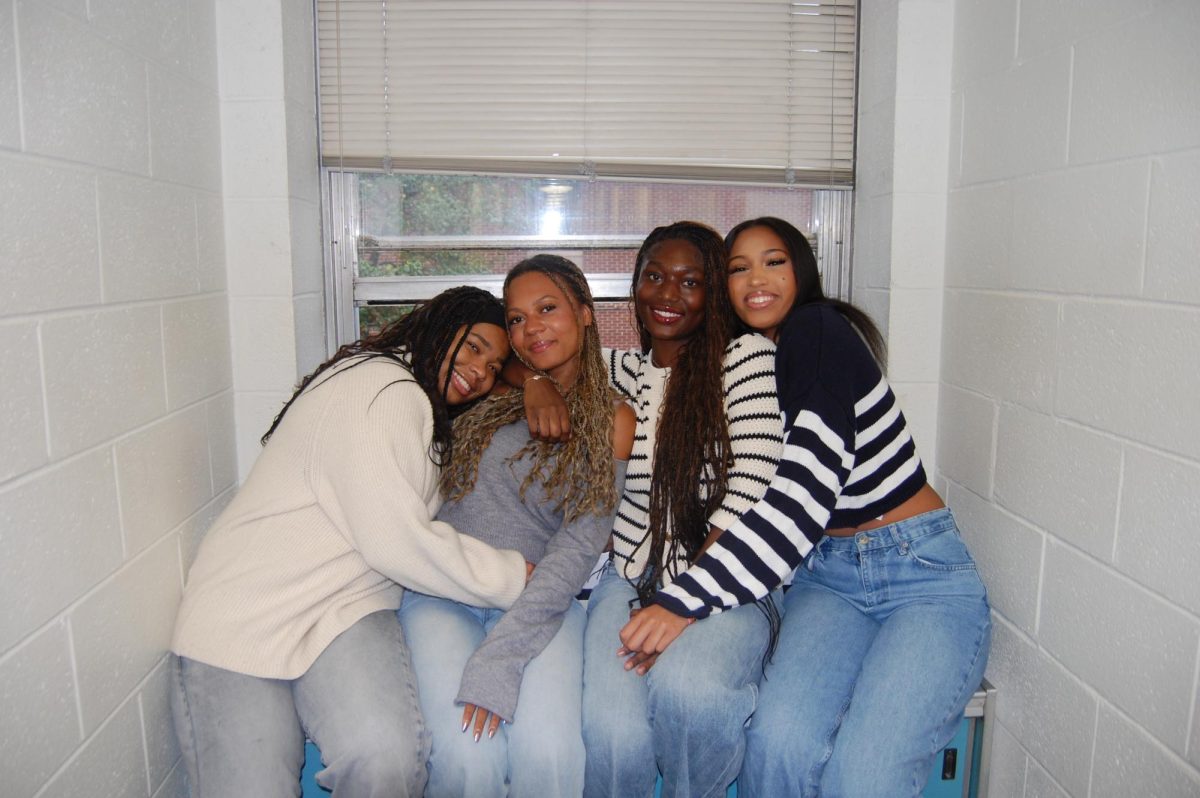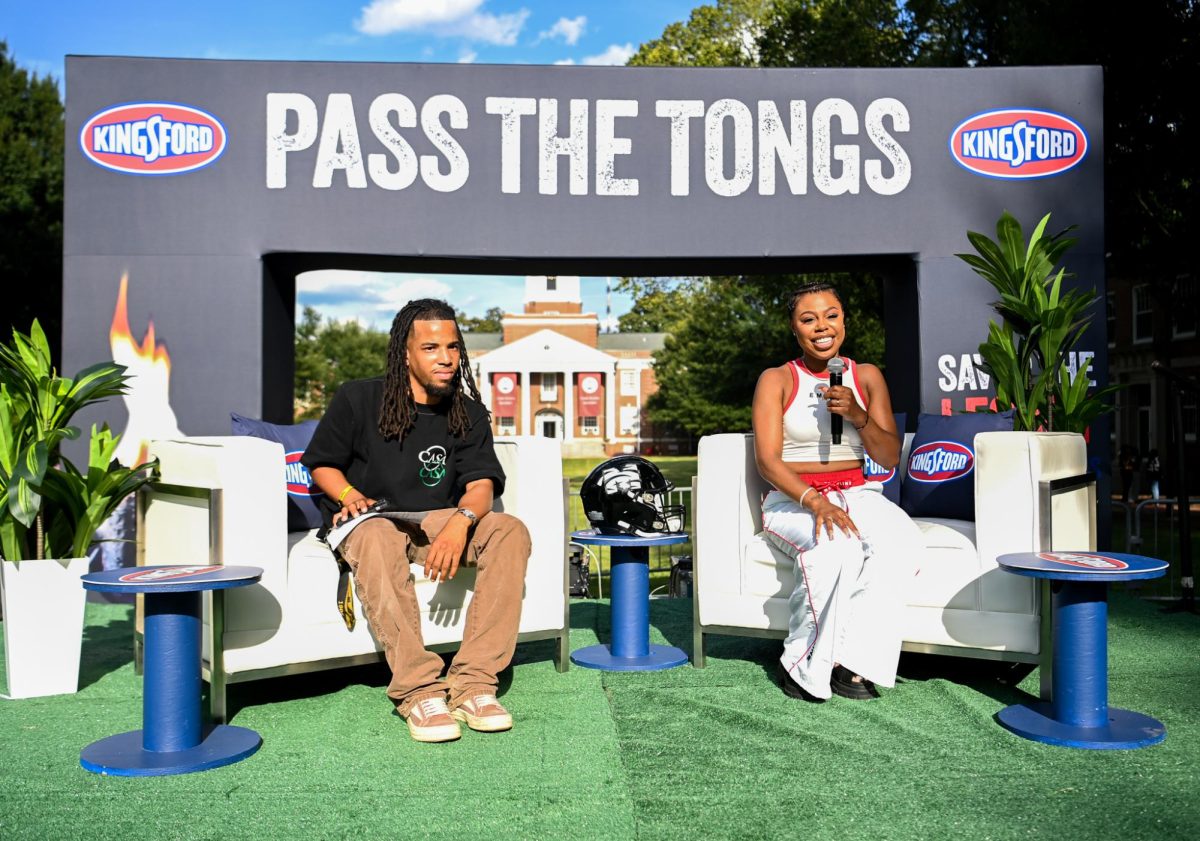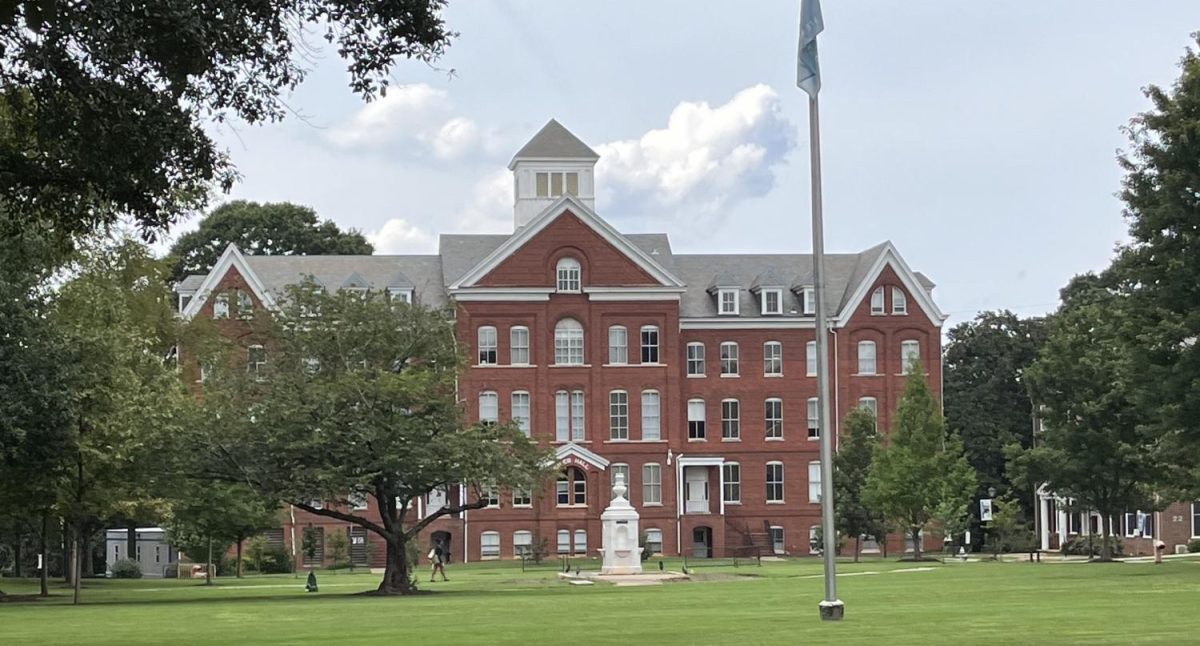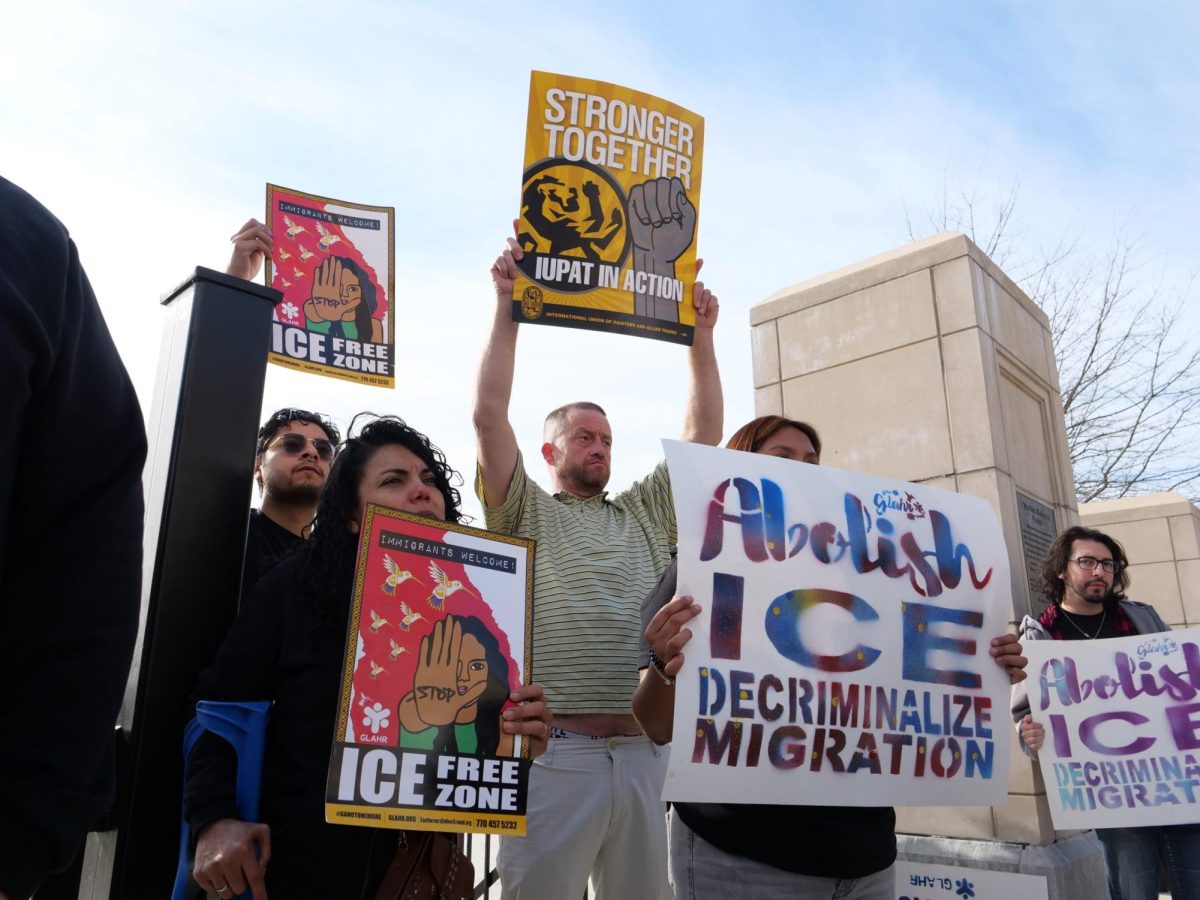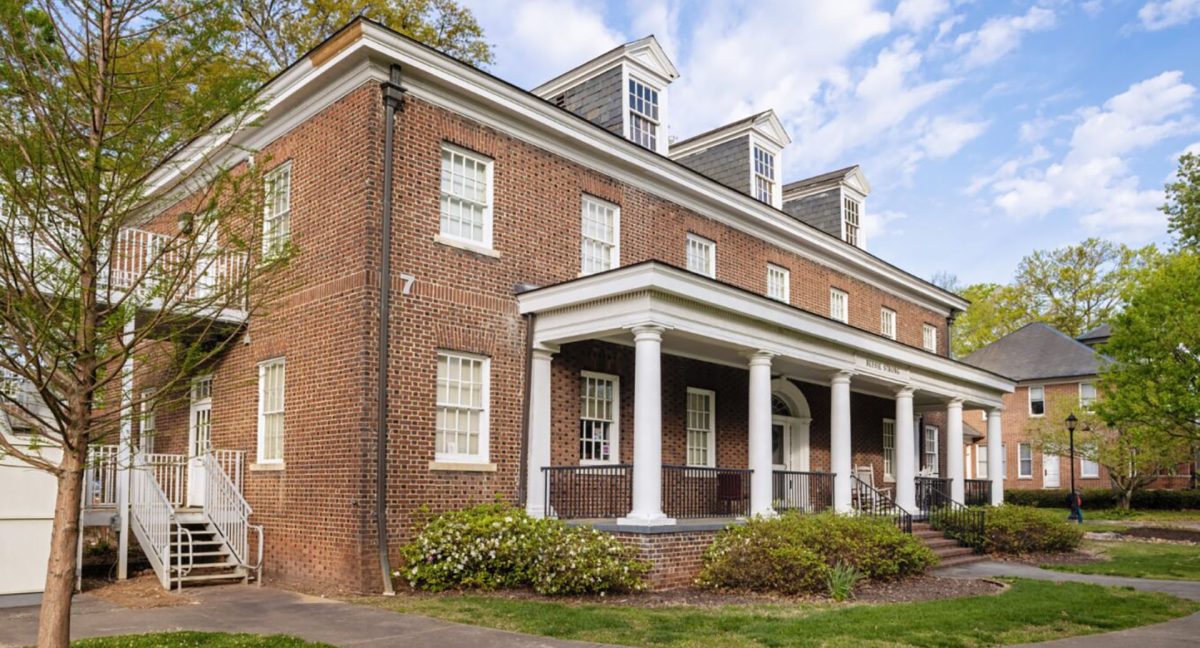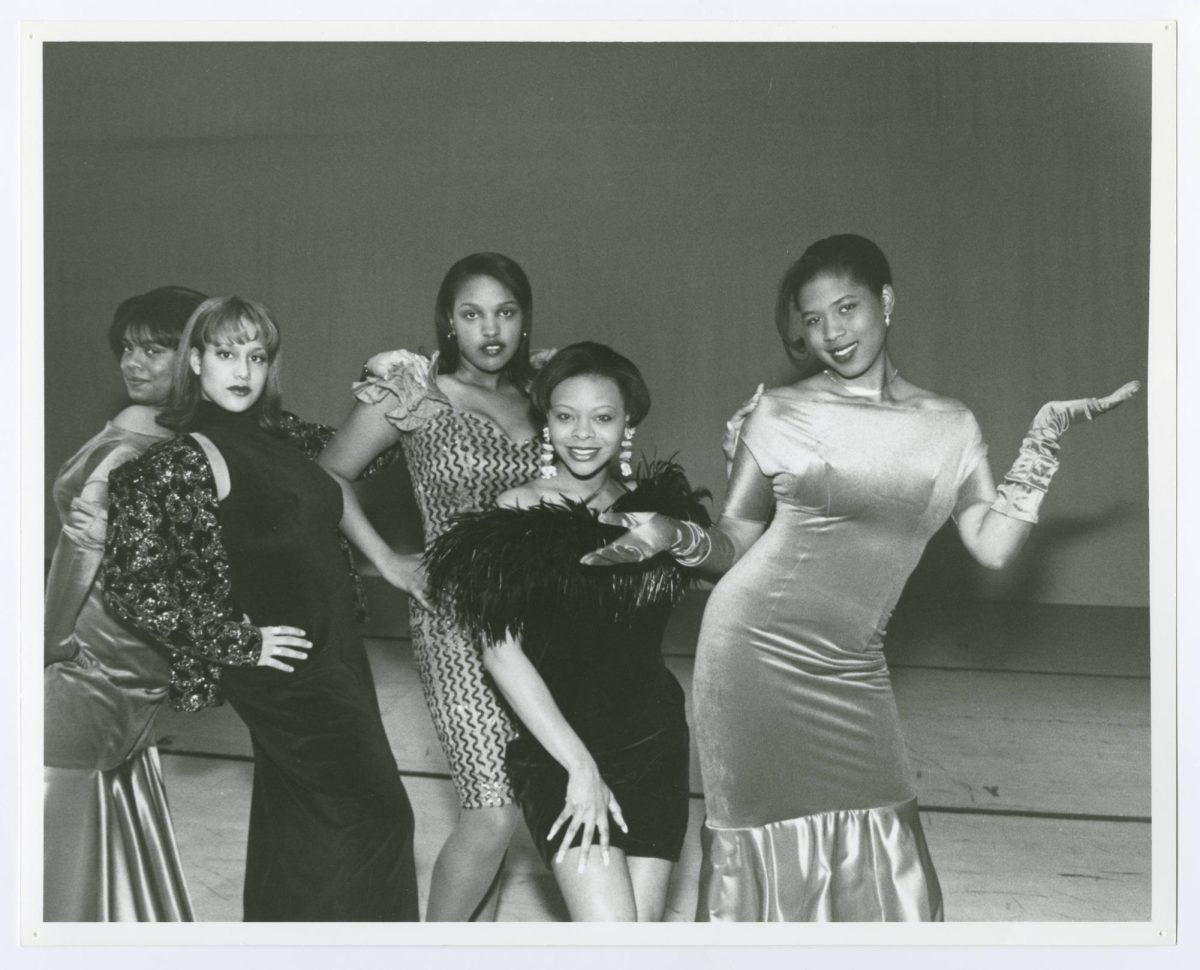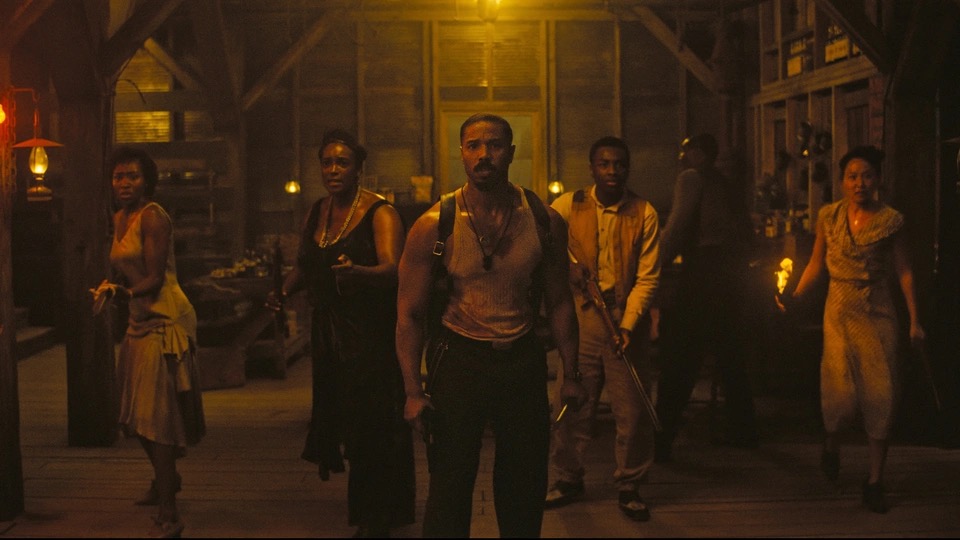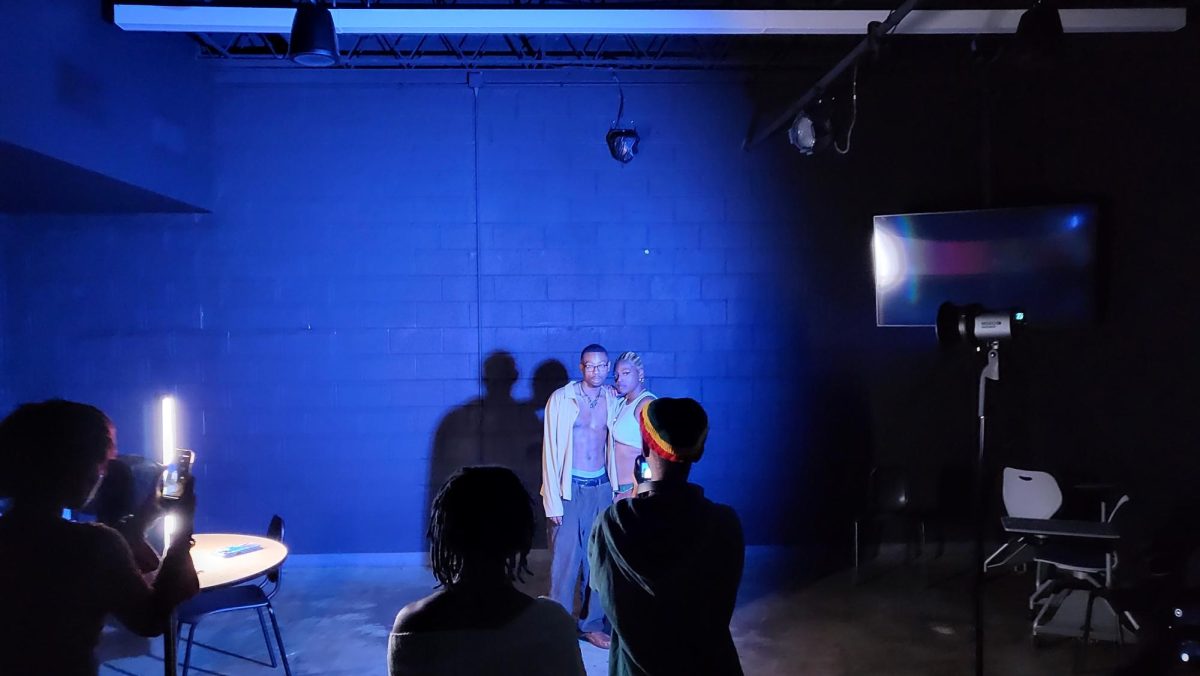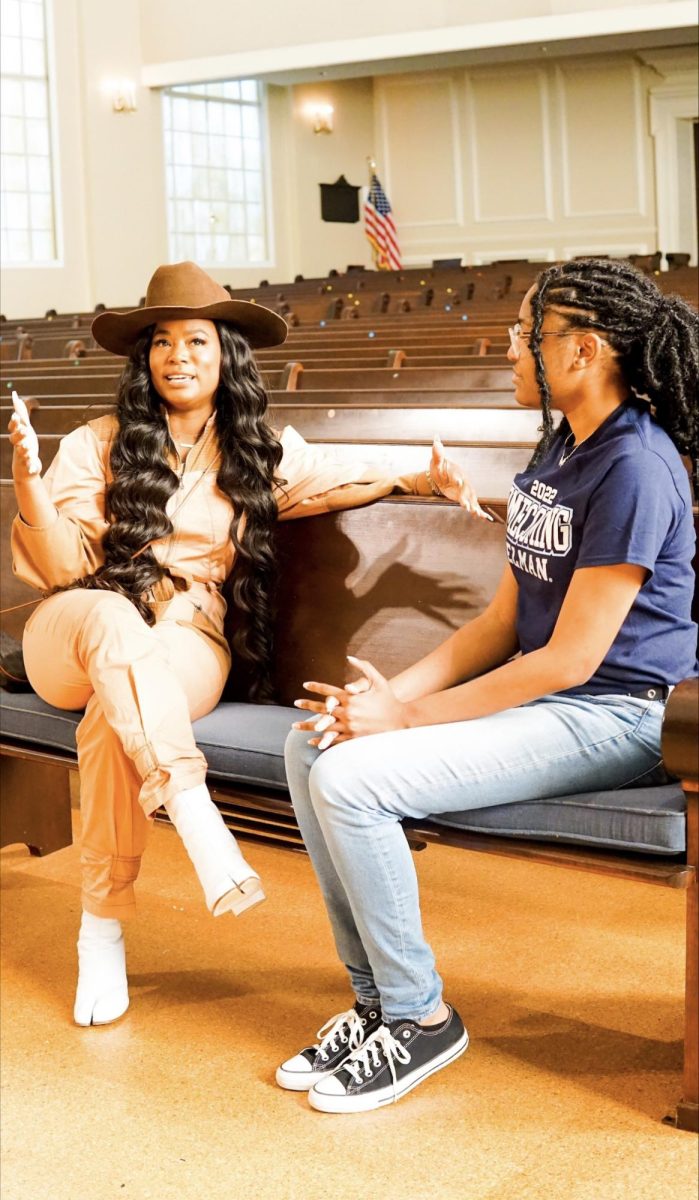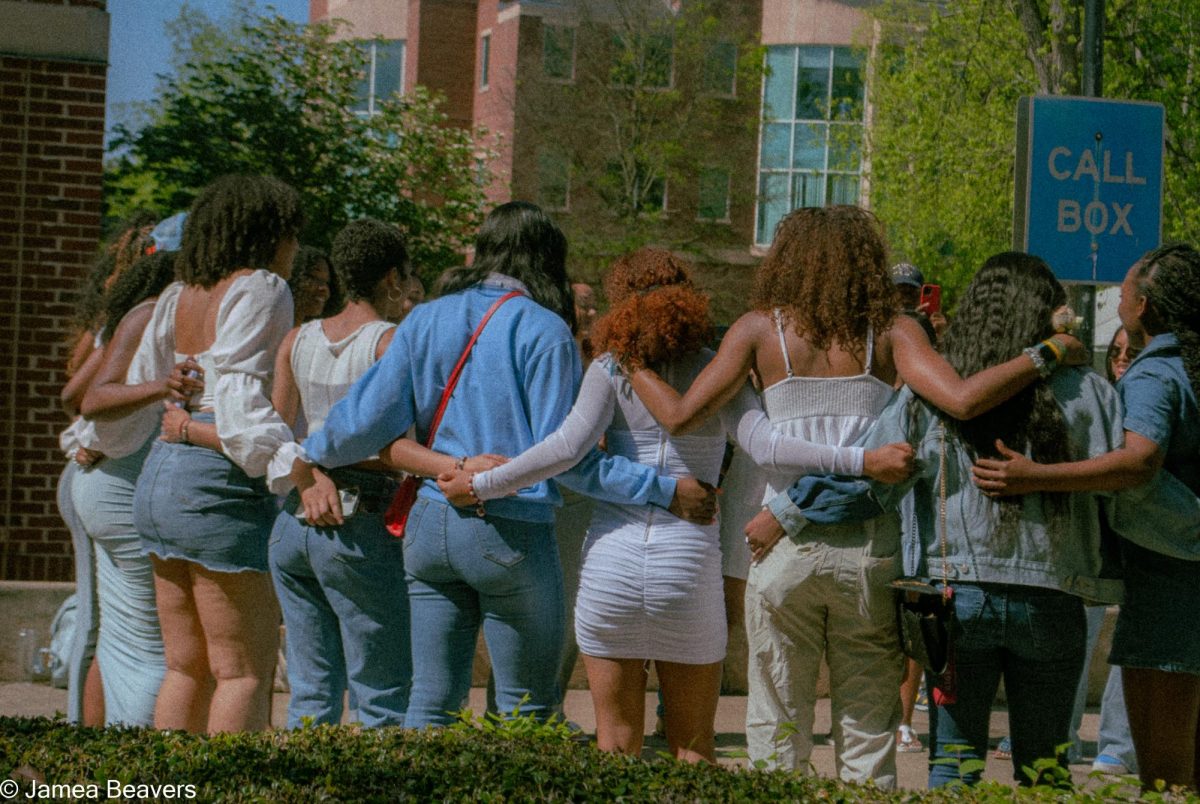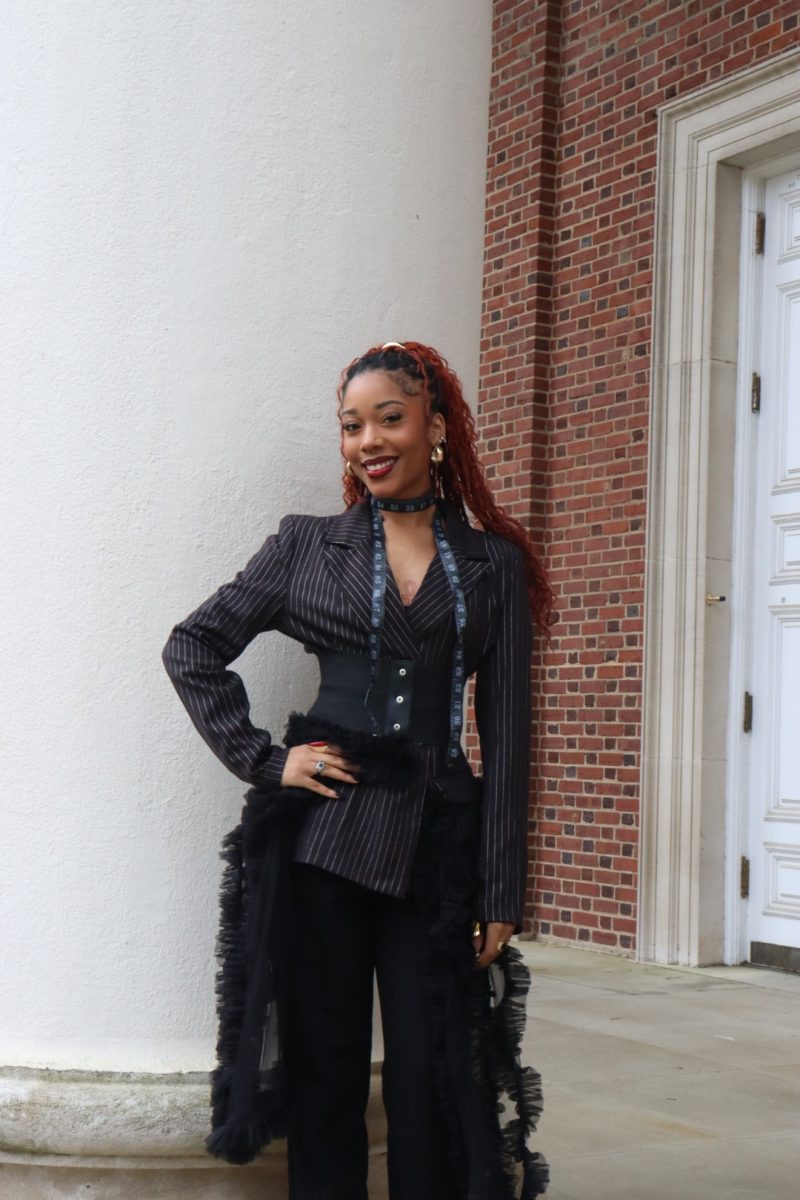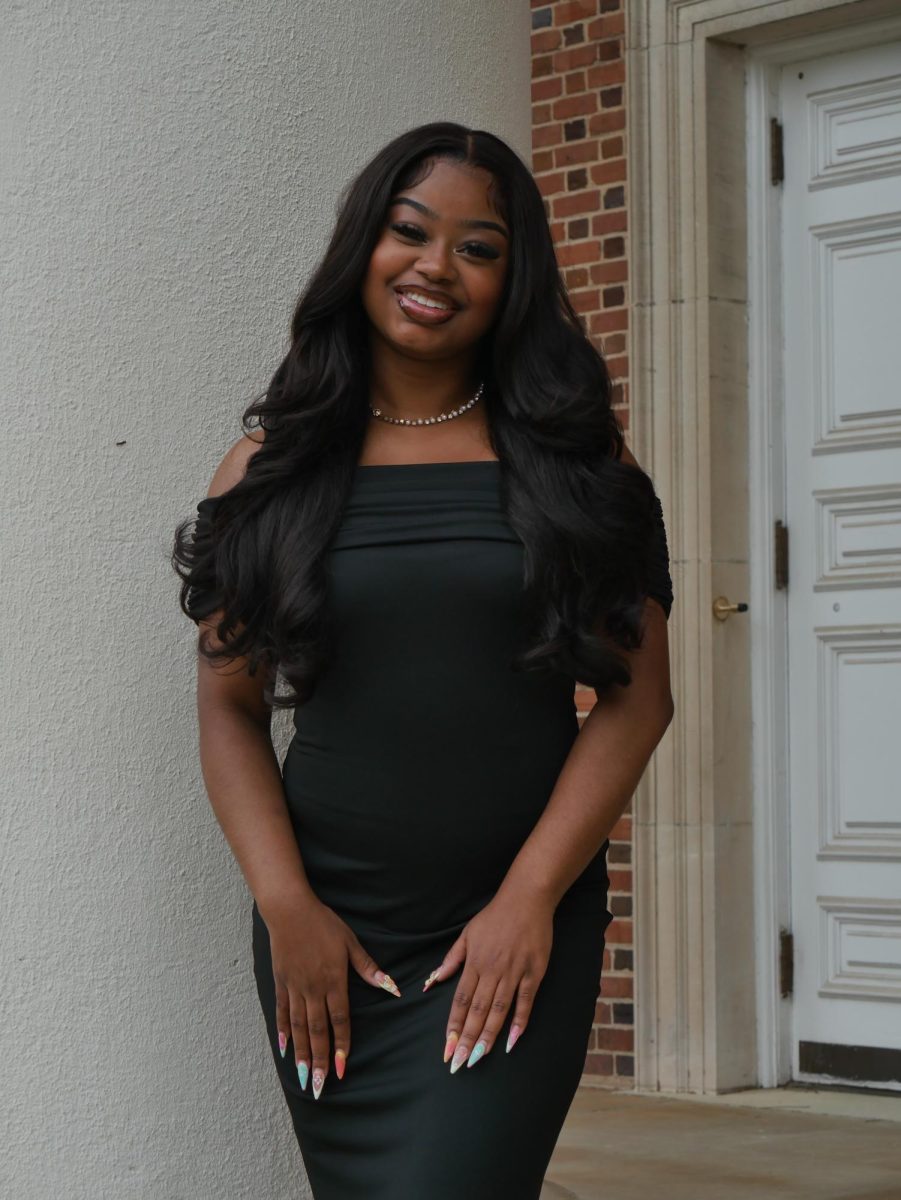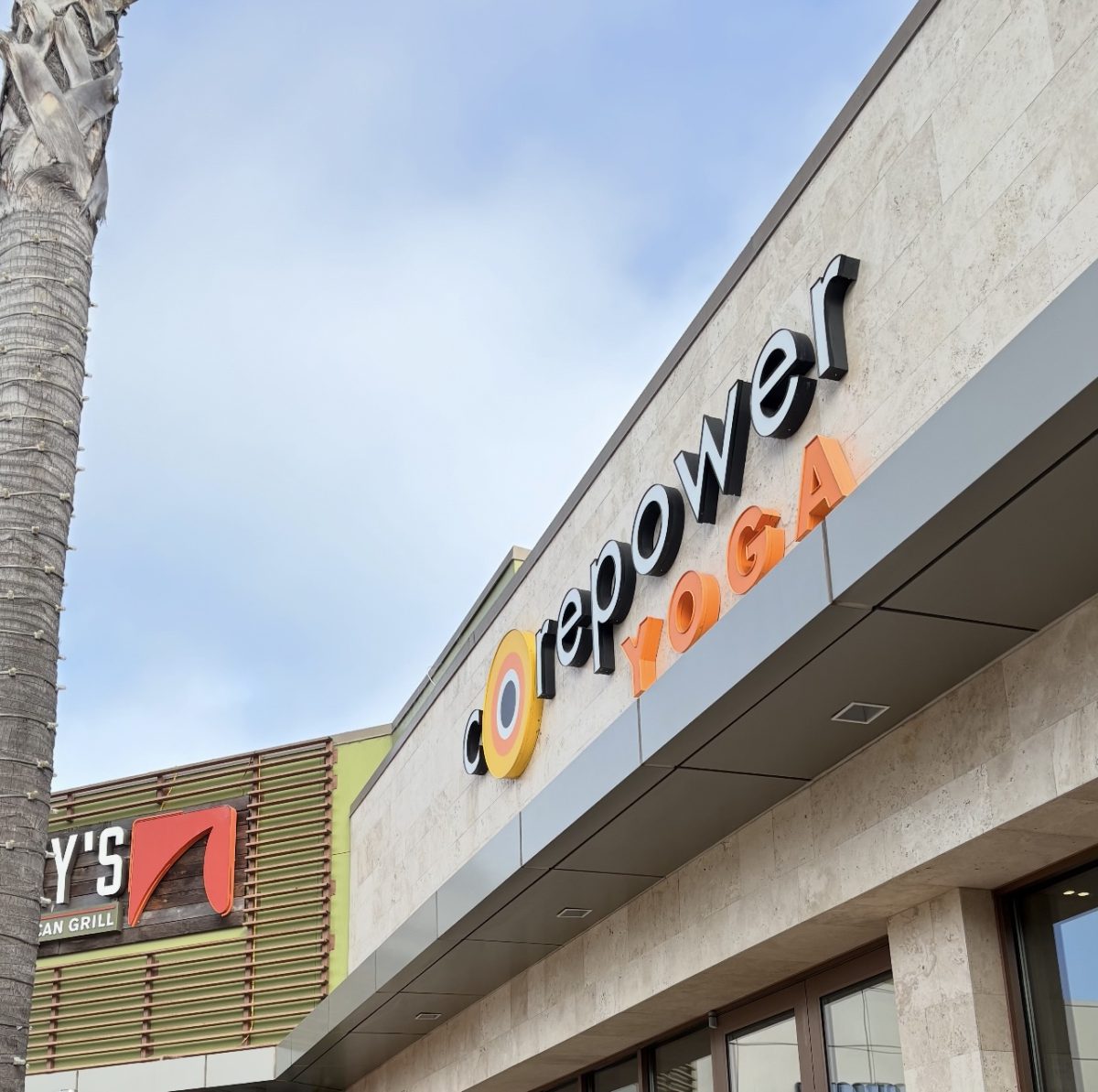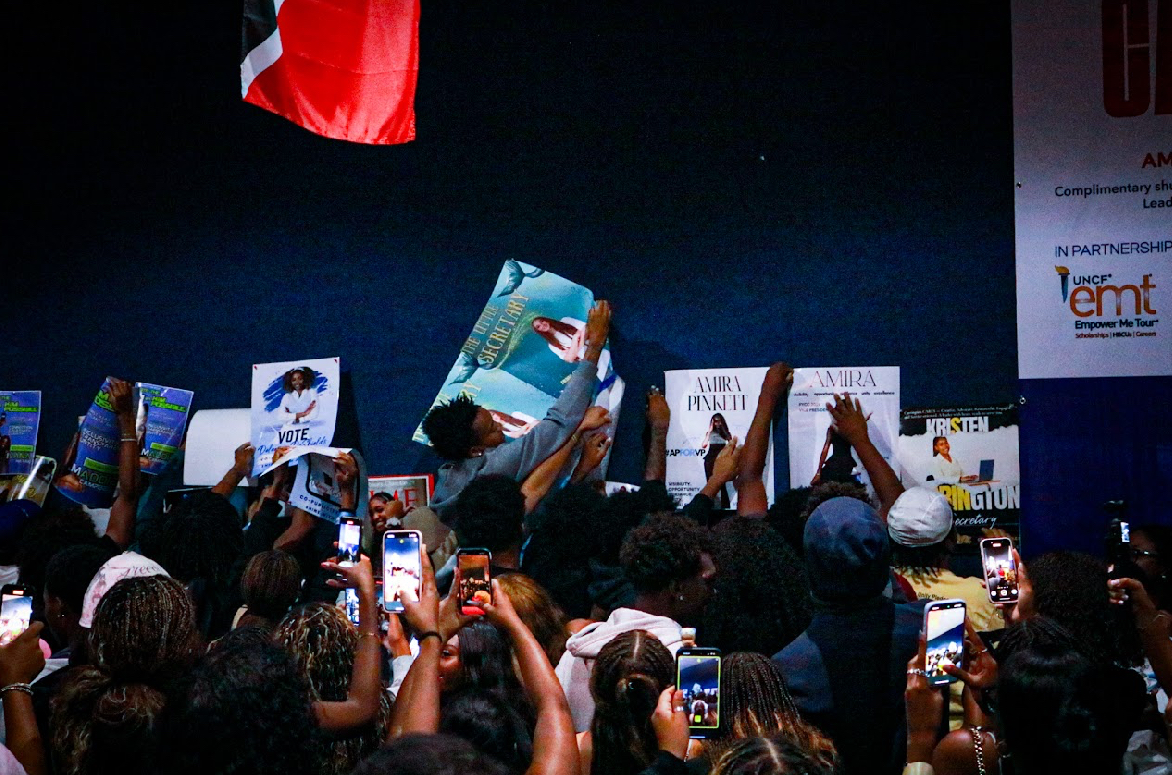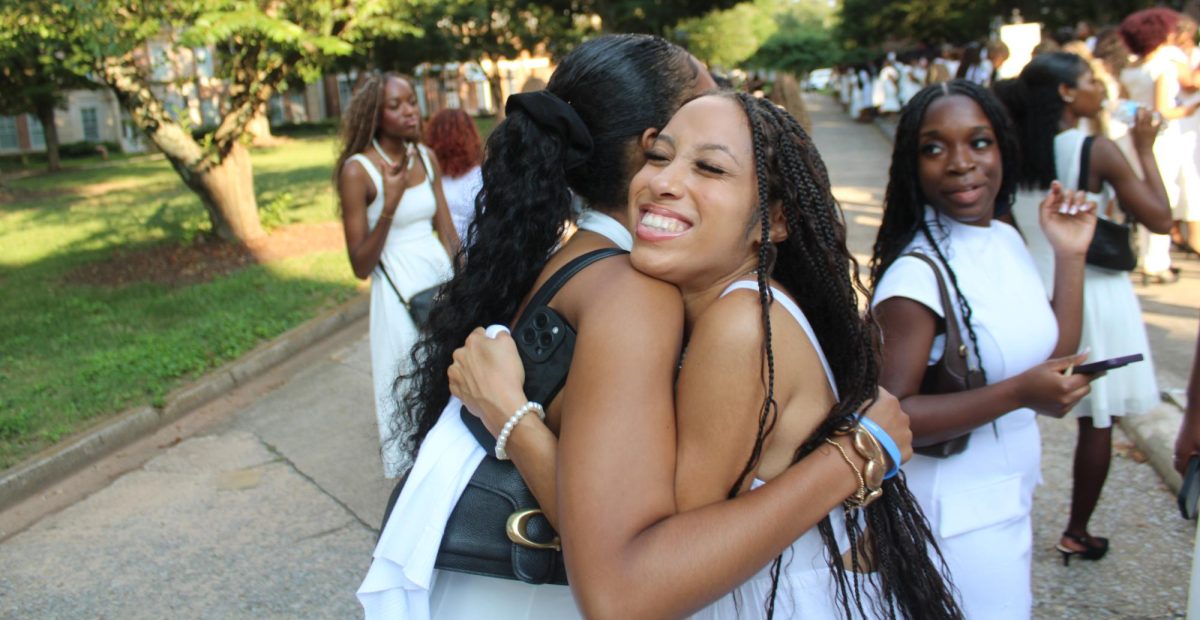It is the first day of classes for the class of 2026, and everyone is putting on their best outfits, ready to show off their unique style to their new peers and make a mark in their classrooms, with raised hands and a proud introduction. But not Hannah. Shortly before making it to Spelman for her first semester as a freshman, Hannah broke her ankle. Being assigned to Dorothy Shepard Manley Hall, the freshman dormitory built in 1964, meant that there was no elevator or ramp for Hannah to move within or around the building with. Forced to hop on one leg to get around, relying on stair railings to hold her steady as she braved the steps of Manley Dormitory, she risked injuring herself again each day in the case she fell on the stairs in her boot.
Mary also bustled with excitement her freshman year, anticipating moments of laughter, sisterhood, and an education like no other when she arrived at Spelman. Like Hannah, her expectations came to a screeching halt when she sprained her ankle, disabling her for a week during her freshman year. She was left figuring out how she would navigate classes, eat at the cafeteria, and take care of herself on a campus not designed for people navigating on crutches.
“Disabled people exist, which means at some point you’re gonna have a disabled student that fits into […a] disability category. If […] you’re a long-standing institution, it’s gonna happen, statistically; […] that’s just how it works. […] Students would be much better served if [Spelman] had a plan for when it happens, not […] if it happens”
What she and every other interlocutor found was that doors on campus are extremely heavy when opening, for the buildings that do have elevators, the elevators are routinely broken, stairs and steps are the only entrance option for many buildings on campus, including every single freshman dormitory, and there are no automatic openings and pushbuttons for many doors on campus. It is alarming to realize Spelman is not serving all of its students. Instead, physically disabled students at Spelman navigate a treacherously inaccessible campus each day.
“The doors on campus suck. Very few of them have an [automatic-open] button. When I first started at Spelman that wasn’t too much of an issue, but now that I use a rollator – [like] a walker with wheels – I really need that button. […] When I open doors, I have to put all of my strength into grabbing the door, throwing it open as hard and far as possible, so that I have time to zoom through.”
The building that every interlocutor agreed was the least inaccessible is the most essential building for students on campus: Manley College Center where the campus’s cafeteria is located. With no elevator within the entire building for physically disabled students to move between the first floor and second floor, students in boots, crutches, wheelchairs and rollators are forced to go outside and around to the side entrance of Manley Center to access food. The hill going towards the side entrance is extremely sloped, creating additional strain and barrier for students just trying to reach the side doors. In her interview Hannah said that for her,
“The cafeteria is the biggest issue for me because at the very least, people [need] dignity. People need to eat; there should be an elevator in Manley. And in Lower Manley, with all those doors, there is no automatic push button to open them.”
She added that the unclear, extremely long pathway to get into Manley Center if a student is on wheels, adds to the social exclusion students with disabilities face.
“Something as simple as going to the cafeteria: My friends could go in one exit, but I had to go in the other exit because I couldn’t go up the stairs with them. I had to go around the building behind LLC, past McVicar, and then turn by Bessie-Strong to go into that entrance. So it made me feel very isolated”
The concept of accessibility within architecture is not novel. People in the United States have resisted the assumption that buildings and shared space are intended for people with only a narrow range of physical mobility capabilities. The issue of architectural accessibility has led to the phrases “universal design” and “spatial justice” being normalized where disability and the navigation of space is discussed.
Universal Design is an architectural philosophy created by architect and disability rights advocate Ronald Mace. In his 1998, co-authored book The Universal Design File: Designing for People of All Ages and Abilities, Mace writes that universal design is “the design of products and environments [that are] usable to the greatest extent possible by people of all ages and abilities” (Mace, 2). An integral part of Mace’s Universal Design is that everyone will experience disability at some point of their life, including temporary disabilities, chronic disabilities, and disability as a result of naturally aging (Mace, 2). Where disability is often cast aside as the exception, Universal Design is clear that it should be the rule.
Rebecca, Clara and Jane are three other students who also shared their testimonies of navigating Spelman’s architecturally inaccessible campus. Their stories are similar in that they each have navigated Spelman on wheels using wheelchairs and rollators. While Rebecca and Clara had temporary physical disabilities that eventually healed, Jane has chronic illness that makes her physically disabled most days. Her experiences of navigating campus reflect that Spelman has done nothing to improve the accessibility of buildings.
In one case Jane described how she missed a class that she had in Cosby because of a broken elevator, which greatly affected her grade in the class. She described that,
“I once again missed classes. I emailed my professor saying, ‘I would love to be in class right now learning from you, but you’re upstairs and I can’t [get there].’”
Ramps and hills are a major physical barrier on Spelman’s campus that further harms physically disabled students. Jane described the toll that walking up the hill at the front of Spelman takes on her body:
“My hip joint partially dislocates every time I walk up the hill from the front gate and then I just have to hope that it locks back into place before class, otherwise it hurts when I sit down. I can’t really do anything about it except walk up the hill quickly and wiggle stuff back into place later.”
She said that navigating this specific hill would be okay if there was a van or a golf cart that could take her up the hill. She suggested that Spelman implements some kind of transportation around campus for students with physical disabilities.
Clara had a similar story of attempting to navigate the ramps on campus, recalling that a lack of railing on the ramp outside of Laura Spelman caused her to fall in her wheelchair.
“There are a few ramps that are dramatically curved. A ramp should be straight, not on a hill. The ramp outside of Laura Spelman is on a hill and gravity can only do what gravity does. I fell in a bush outside of the dorm because the ramp was curved and on a hill. I fell down the ramp.”
Rebecca described a similar experience she had when she was navigating campus in the broken wheelchair given to her by the Student Access Center.
These testimonies show that accessing buildings on campus with a physical disability is extremely difficult. Students with physical disabilities are forced to walk up stairs with their injury, or enter the back or side entrances of buildings that only have stairs for their front entrance. Even upon entering buildings, there are sometimes no elevators. Missing elevators and physical barriers within buildings leave physically disabled students with no way to get through. It is not acceptable that physically disabled students do not have a chance to experience all the social and academic aspects of being a college student due to architectural inaccessibility. I charge Spelman to continue striving towards its tagline “A Choice to Change the World”, starting within its own gates.
For Sarah, who navigates Spelman with a White Cane, spatial justice means:
“being in an environment where I feel like I was thought of, where I feel I am welcome […] because I am able to get from point A to point B without 1,000 barriers in my way. [… Spatial justice looks like] not only thriving in my studies but in [the structural] environment.”
For the purpose of safety, all names and classifications in this article have been changed from their original to ensure the utmost protection of each student who courageously and selflessly shared their stories about physical disability with me. This was originally a research paper for my anthropology senior thesis, and I have turned it into a newspaper article to make my research findings accessible to all readers. The pseudonyms used in the article are the same pseudonyms used in the research paper to ensure cohesion, as this is a complementary work of my research. While in my research paper I discuss both institutional and architectural inaccessibility at Spelman College, I only discuss architectural inaccessibility in this article.
